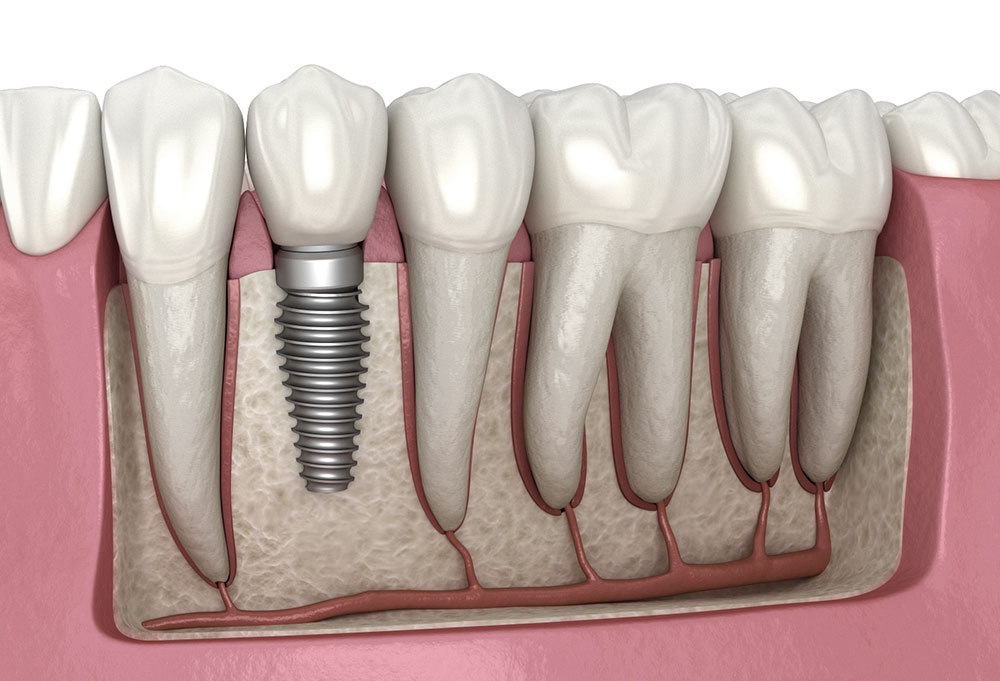Back pain can significantly impact your quality of life, as it can cause physical limitations and emotional distress. Chronic or severe back pain can interfere with your ability to perform daily activities such as standing, sitting, or walking, leading to decreased mobility and independence. If your back pain does not respond to painkillers, the Link Neuroscience Institute team can help diagnose the underlying problem and offer treatment. Your persistent back pain can be due to various reasons, including:
Osteoarthritis
Osteoarthritis refers to a degenerative condition that affects the joints and the cartilage that cushions them. It can occur in any of the joints in your spine, including the facet joints, which connect the vertebrae, and the sacroiliac joint, which connects the pelvis to your lower spine. As the cartilage in these joints breaks down over time, the bones can rub against each other, causing pain, stiffness, and reduced mobility in the affected area. Your symptoms can vary depending on the severity of the condition. You may experience occasional stiffness and discomfort in the affected area in mild cases. However, in more advanced cases, the pain can become chronic and may be accompanied by swelling, tenderness, and a limited range of motion.
Scoliosis
Scoliosis is a disorder that results in abnormal spine curvature, leading to back pain. Your spine has a natural curve, but in scoliosis, it curves sideways, forming a C or S shape. This abnormal curvature can pressure your muscles, nerves, and joints, causing pain. Scoliosis can cause mild to severe back pain, depending on the degree of the curve. If left untreated, the disorder can worsen and require surgical intervention.
Spinal tumors
A spinal tumor refers to the growth of abnormal cells within or around your spinal cord. They can occur in any part of the spine, including your cervical, thoracic, and lumbar regions. These tumors can cause back pain when they compress your spinal cord, nerve roots, or adjacent structures. The pain can be dull, aching, or sharp and may radiate to other body parts. In some cases, the pain may be accompanied by other symptoms such as weakness, numbness, or tingling in your arms or legs.
Muscle or ligament strain
Muscle or ligament strain occurs when the muscles or ligaments in your back are stretched or torn due to sudden or repetitive movements, heavy lifting, or poor posture. The pain can be mild or excruciating and may be accompanied by stiffness, swelling, and bruising.
Being overweight
Carrying excess weight can cause a strain on your spine and back muscles, leading to back pain. The additional weight puts pressure on the intervertebral discs and joints, increasing stress on your lower back muscles. As the weight-bearing capacity of your spine decreases, the muscles have to work harder to support the weight, leading to fatigue and pain. You can also develop an abnormal spine curvature, such as lordosis, kyphosis, or scoliosis, due to carrying excess weight, causing pain and discomfort.
Don’t tolerate persistent back pain when you can call the practice or book an appointment online for diagnosis and treatment.




